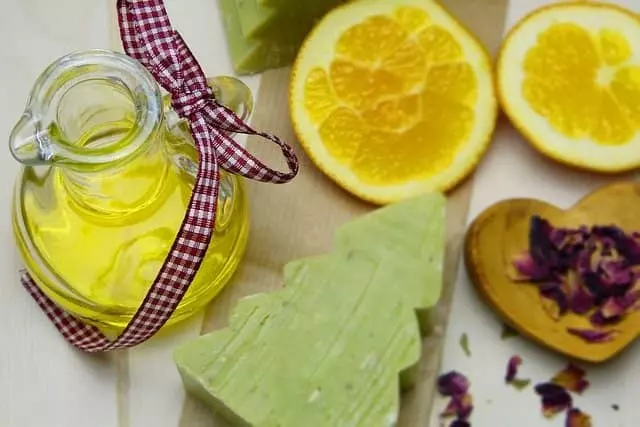Fragrances for Soap Making
When buying soap in a store, most people are interested in how it smells. This is because the fragrance is an important part of any soap. If a fragrance smell is too strong, people will not want to use the soap. If a fragrance smell is too mild, people will not appreciate the effort into making the soap smell good.
Making soap requires the use of fragrance oils. Since the scent of your soap can make a big difference in your final product, and people will pay attention to this smell, you should also pay attention to the soap-making fragrance oils you choose.
Choosing a soap-making fragrance can be difficult. You can spend hours to make the perfect recipe, combining the coloring agents to create an eye-pleasing effect, and your careful efforts will be unsuccessful if you choose the wrong soap-making fragrance. You know the fragrances you enjoy, and you may know the fragrance choices of many of your friends and family members.
Advantages of using fragrance oils
1. Fragrance oils, in most cases, cost much less than their natural essential oil counterparts. Because of this, using fragrance oils makes sense most time.
2. Some natural essential oils can harm the skin. Cosmetic grade fragrance oils used in skincare products.
3. Many scents do not exist in nature. If you want your soap to smell like pear, mango, or tomato, fragrance oils are the only way to go.
Some fragrance oils, particularly vanilla, will add color to your soap if added during the soap-making process. Depending on what you expect, this may or may not be an advantage.
Following are the few popular fragrance lists you may try:
Citrus
Orange, lemon, lime, these soap-making fragrances are clean, crisp, and bracing. This category is for refreshing and rejuvenating soaps.
Floral
It is the main category to make more soap-making fragrances than any other. Think lilacs, roses, lily of the valley, hyacinth, freesia, and the many combinations of flowers, heady bouquets, gardens, wildflower fragrances.
Orientals or Ambers
Powdery, exotic, and sexy soap-making fragrances often contain a high percentage of vanilla. It is a great type to choose from if you are looking for a luxurious and rich smell.
Leather
The warm and luxurious aroma of fine leather is embodied by leather fragrance oil, which is distinct, rich, and sensual. It is perfect for the masculine soaps you want to make. This scent has a classic and timeless characteristic that’s perfect for any muscular line.
Chypre
Dramatic and heavily sensual, this soap-making fragrance category is distinctive truly. Bergamot, patchouli, and oakmoss are common ingredients in chypres.
Gourmand
It is an oil-based perfume style that features edible notes such as rum, coconut, gingerbread, vanilla, cognac, sugar, or chocolate. It includes some spices also.
Colorants for soap making
There are two types of colorants available in the market they are natural and synthetic. There are many options for coloring your homemade soap. Although artificial colorants are often more vibrant than natural colorants, many people prefer to use all-natural ingredients in their soap. There is a variety of soap-making colorants available for soap makers today. Natural colorants, however, are favored more by expert soap makers, as it is much safer to use.
Natural colorants are used in the cold process of making handmade soap. They are typically derived from plants or minerals, such as Henna, turmeric, saffron, chocolate, cinnamon, and others. Natural soap colorants can be a lot of fun and an exciting new way to experiment with your soap-making skills.
Some of the natural soap colorants are,
Pumpkin pureed makes orange.
Calendula petals make yellow.
Curry powder makes green.
Spirulina makes a bluish-green.
Indigo root makes deep blue or indigo.
Rattan jot makes lavender.
In the cold process, we added the colorant to the soap after the saponification process, when the soap is still liquid.



















